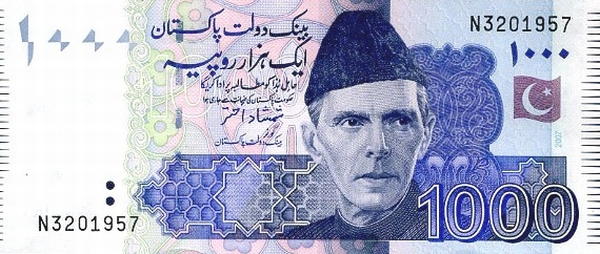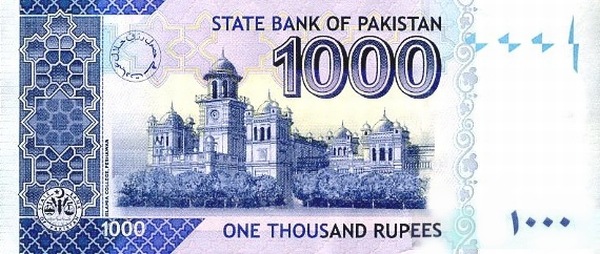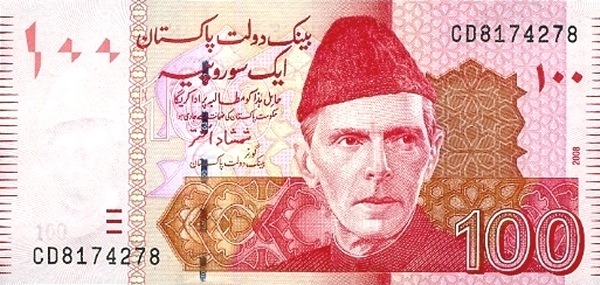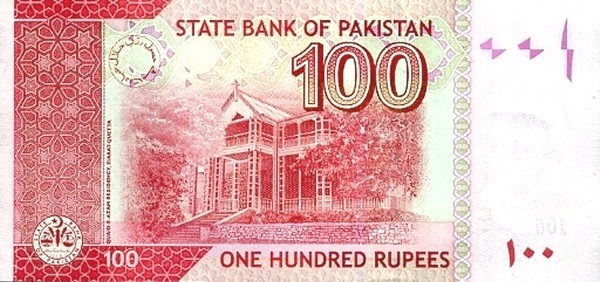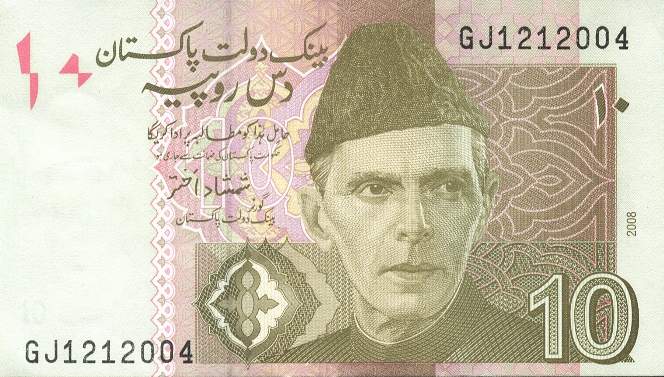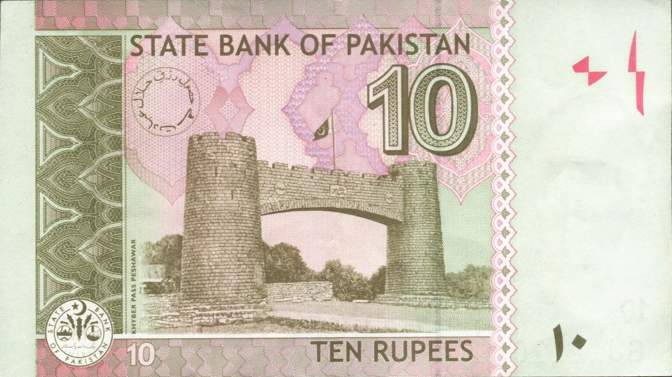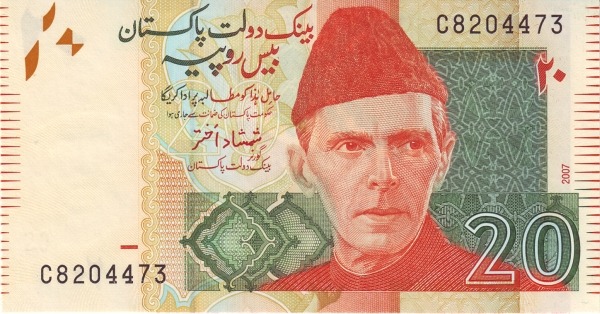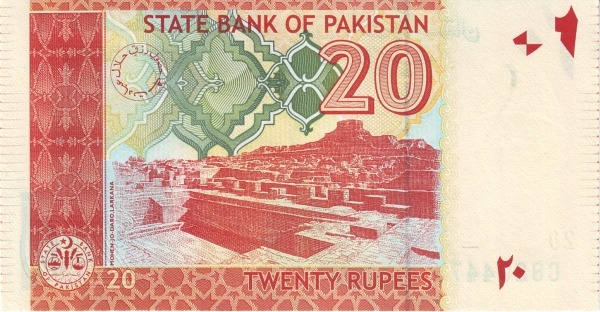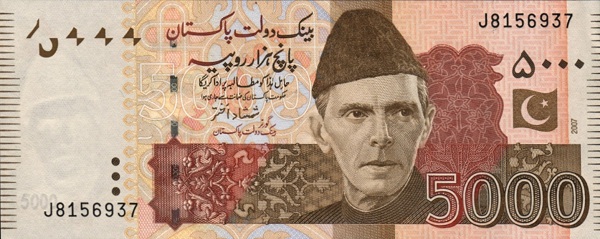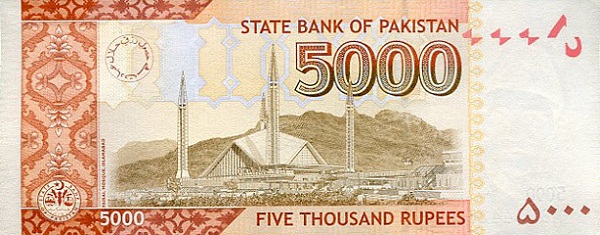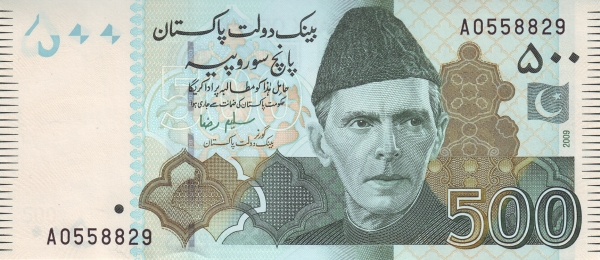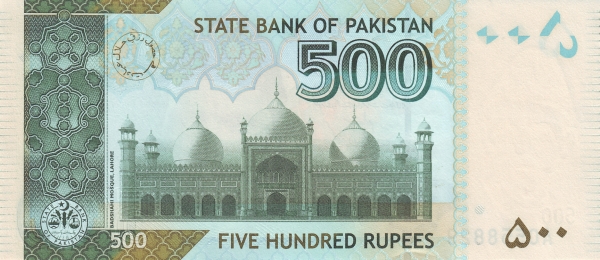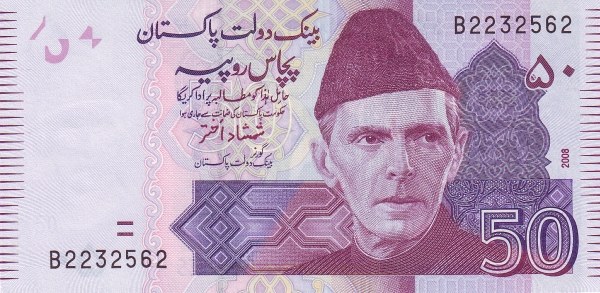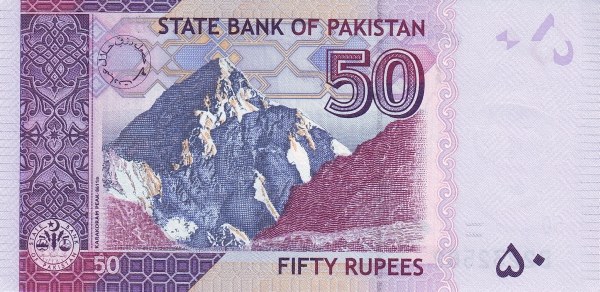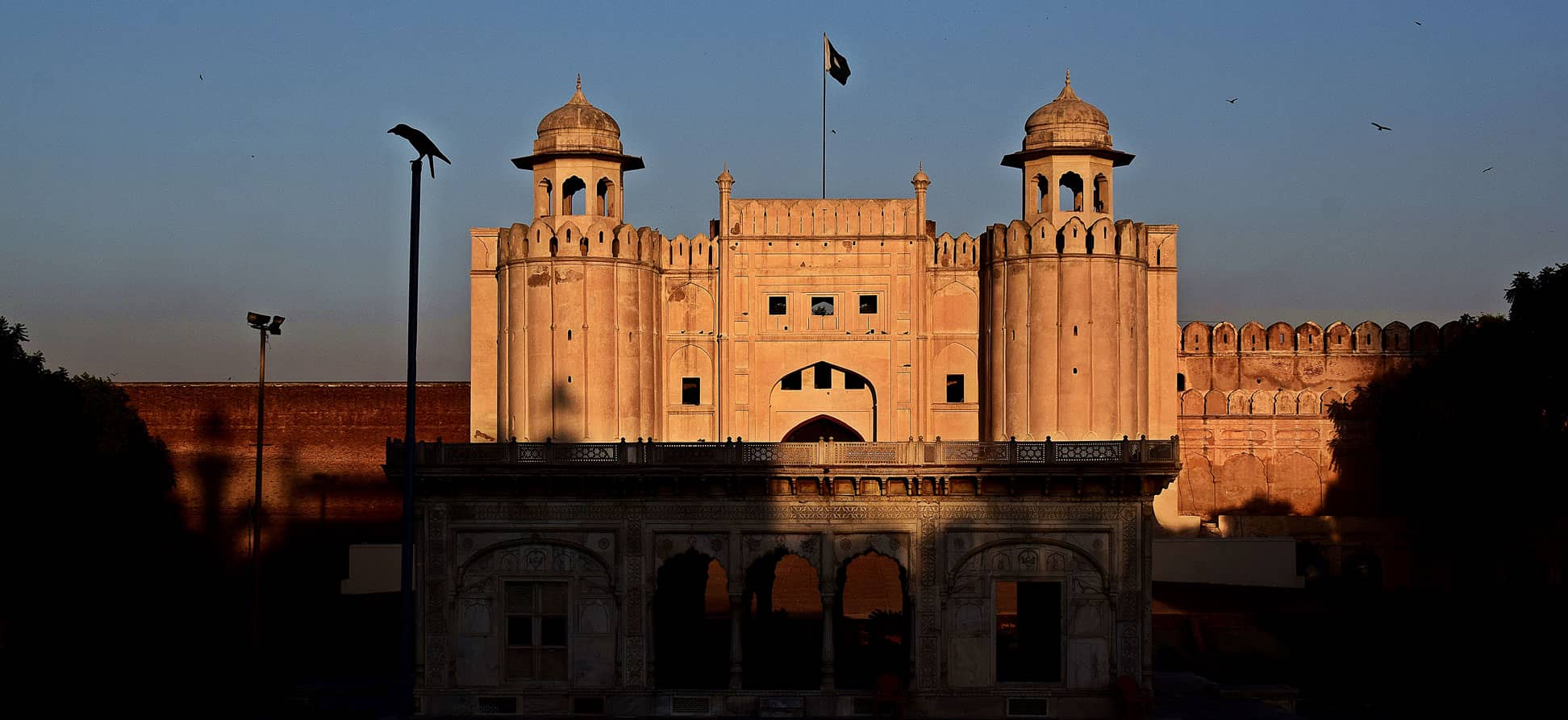Discovering Pakistan: An Overview of this Unique Nation
Pakistan stands out as a captivating South Asian nation, formerly part of the British Empire in India. Defined by its rich history and diverse culture, Pakistan is strategically located between various countries and natural features: the magnificent Karakoram mountain range to the north, the towering Himalayas, and China to the northeast. Furthermore, it shares borders with Afghanistan to the northwest and Iran to the southwest, while the Arabian Sea lies to the south. To the east, one finds India, Pakistan's neighbor and, at times, its rival.
This vibrant nation covers approximately 796,095 square kilometers. To put this into perspective, it is slightly larger than Turkey, which spans 783,562 square kilometers, and almost twice the size of California. Remarkably, Pakistan could fit into India roughly four times, highlighting the vastness of its territory.
With over 245 million inhabitants, Pakistan ranks as the world's fifth most populous country as of 2024. The capital city, Islamabad, serves as the political hub, while Karachi holds the title of the largest city and primary economic center. Alongside Karachi, Lahore emerges as the second-largest city. Other significant cities within Pakistan include Faisalabad, Rawalpindi, Multan, Gujranwala, Hyderabad, Peshawar, and Quetta.
Languages and Religion in Pakistan
In terms of language, Urdu and English serve as the official tongues. Urdu, a variety of Hindustani, facilitates communication among Pakistan's diverse ethnic communities. English remains prevalent among the elite and is used extensively in government ministries. Moreover, various languages such as Punjabi, Sindhi, Dari, Balochi, and Pashto reflect the rich cultural tapestry of the nation.
Pakistan is predominantly Muslim, with approximately 96% of its population adhering to Islam. Out of these, around 85-90% identify as Sunni Muslims. The country's religious landscape significantly influences its cultural identity and societal values.
The Diverse Landscape of Pakistan
The geographical features of Pakistan are as varied as its people. In the eastern region lies the expansive and fertile Indus Plain, nourished by the Indus River – the longest river in the country and a vital water resource. Meanwhile, the northern areas are characterized by their awe-inspiring mountains. Notably, the K2, located in the Karakoram Range, is the highest peak in Pakistan. Additionally, Nanga Parbat, often referred to as the 'Naked Mountain,' towers majestically in the Himalayas of Gilgit-Baltistan.
Contrasting these mountainous terrains is Balochistan, which stands as Pakistan's largest and least populated province. Within its boundaries lie the Balochistan Plateau and the Sulaiman Mountains, adding to the region's unique geographical identity.
A Brief History of Pakistan
The history of Pakistan is as complex as its geography. The division of British India in 1947 led to the formation of Pakistan, initially comprising two sections: West Pakistan and East Pakistan. Unfortunately, tensions persisted for decades, culminating in the secession of East Pakistan in 1971, which became Bangladesh. The ongoing conflict over Kashmir has further strained relations between Pakistan and India.
In 1998, Pakistan heightened its global presence by conducting nuclear tests in response to India's own nuclear endeavors. Since then, Pakistan has faced numerous challenges, including enduring armed conflicts with various militant groups targeting both state and civilian facilities, including the Tehreek-e-Taliban Pakistan (TTP).
Political Landscape
Pakistan operates as a semi-secular, Islamic federal parliamentary republic. Islam serves as the state religion, and notably, Pakistan is recognized as a nuclear power. The nuclear weapons program commenced in 1972, underscoring the country's strategic military capabilities.
The political structure comprises a chief of state, the president, and a head of government, the prime minister. The president appoints the cabinet based on the prime minister's recommendations, offering a collaborative approach to governance. Pakistan's legislative framework consists of a bicameral parliament, known as Majlis ê Shura, which includes both the Senate and the National Assembly. Furthermore, the country's legal system integrates common law principles with Islamic law influences.
The Current Political Climate
Imran Khan, a prominent political figure, ascended to the position of prime minister in 2018 after his party, Pakistan Tehreek-e-Insaaf (PTI), secured a majority in the general elections held that July. However, the political landscape shifted in April 2022, when Imran Khan faced a vote of no confidence, resulting from allegations surrounding economic mismanagement and foreign policy blunders. Consequently, Mian Muhammad Shehbaz Sharif assumed the role of prime minister on April 11, 2022, marking a new chapter in Pakistan’s political journey.
Cultural Significance and Heritage
Beyond its political and geographical significance, Pakistan boasts a rich cultural heritage. The country is home to numerous historical sites, including ancient civilizations such as the Indus Valley Civilization, one of the earliest urban settlements in the world. This rich history offers a glimpse into the complex and intricate roots of Pakistani culture, art, and architecture.
Moreover, festivals celebrated across Pakistan reflect its diverse traditions. Events like Eid ul-Fitr, Eid ul-Adha, and Basant foster a sense of community and showcase the country’s vibrant cultural fabric. Simultaneously, the arts, including music and dance, play a vital role in expressing the nation's unique identity. From traditional folk dances to contemporary musical performances, these art forms serve as a reminder of Pakistan’s dynamic and evolving culture.
The Future of Pakistan
As Pakistan navigates its challenges and opportunities, the resilience of its people shines through. The nation stands at a crossroads, where modern aspirations meet traditional values. Furthermore, Pakistan’s strategic location, coupled with its youthful population, presents significant potential for economic growth and development.
In summary, the study of Pakistan reveals a nation steeped in history, culture, and diversity. Its dynamic landscape and resilient citizens contribute to its unique identity, promising a bright future as it embraces new challenges and opportunities on the global stage.
Largest cities of: Pakistan
| City Name | Population | Year of foundation | |
| Islamabad | 1,010,000 | 1967 | |
| Karachi | 14,910,352 | 1729 | |
| Karachi | 14,910,352 | 1729 | |
| Lahore | 11,500,000 | Around 1021 | |
| Lahore | 11,126,285 | 1021 | |
| Faisalabad | 3,200,000 | 1880 | |
| Rawalpindi | 2,030,000 | Rr 1493 | |
| Multan | 1,970,000 | 326 B | |
| Hyderabad | 1,700,000 | 1768 |
Pakistan: Money
